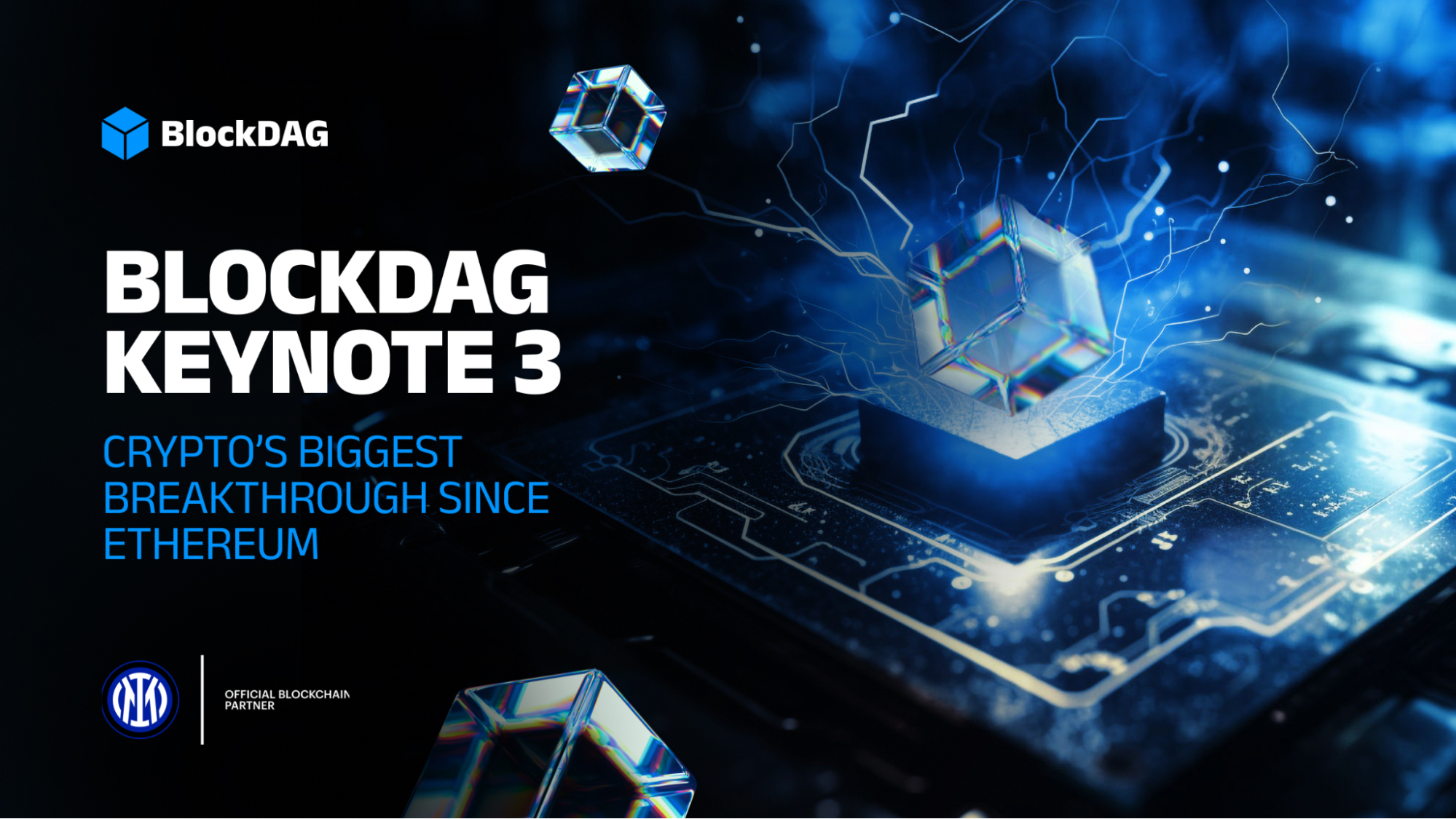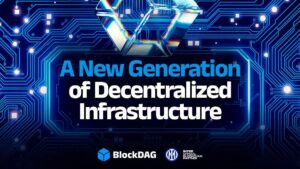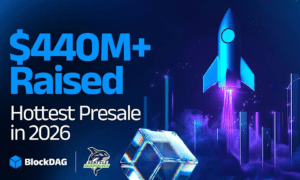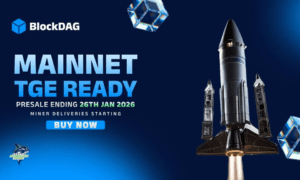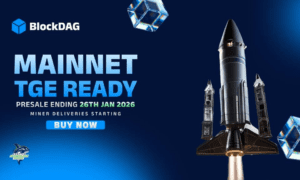Scalability is more than speed—it’s about handling growing demand smoothly. Bitcoin pioneered blockchain and became the symbol of digital gold, but its single-threaded transaction model restricts scalability. Render Network has changed the GPU rendering space by decentralizing compute power, but it too operates under the limits of linear blockchain structures.
BlockDAG (BDAG) offers a different direction, avoiding the usual bottlenecks by supporting parallel transaction execution. BlockDAG’s Directed Acyclic Graph (DAG) system spreads out the workload across blocks, keeping throughput stable even when demand spikes. This makes it an efficient fit for real-world Web3 scalability needs.
Bitcoin: From Its Beginning to Market Leader
When Bitcoin launched in 2009, Satoshi Nakamoto introduced the first-ever decentralized digital currency. Designed for direct peer-to-peer exchanges, Bitcoin removed the need for middlemen through blockchain technology. Starting at just a few cents, its rise has been extraordinary.
By March 28, 2025, Bitcoin trades at roughly $86,809.34, which marks a 2,173,224% jump from its initial value near $0.04. With a market cap now at $1.64 trillion, Bitcoin holds the title of the most valuable cryptocurrency. It remains a top choice for both retail and institutional buyers, despite its frequent price swings and hurdles.
The hard cap of 21 million coins continues to fuel scarcity, strengthening its image as a store of value, often referred to as digital gold. As more platforms accept Bitcoin and regulatory clarity improves, its role in global finance keeps growing stronger.
Render Network: Making GPU Rendering Decentralized
Since its launch in June 2019, Render Network has aimed to make digital content creation more affordable and efficient. By connecting creators with extra GPU owners, it reduces rendering costs using blockchain systems. Within this ecosystem, RENDER is used to exchange services.
Back when it launched, RENDER was worth around $0.05. As of March 28, 2025, it trades at $3.94, showcasing a 7,780% rise. The market value now stands at $1.03 billion, largely due to uptake from designers, animators, and content developers. Render’s method of pooling unused GPU resources has reshaped how the creative industry approaches rendering tasks.
BlockDAG’s Parallel Approach Delivers Real Scalability for Web3
Conversations around blockchain scalability often focus on transactions per second (TPS), but that’s only part of the story. High TPS doesn’t always equal smooth performance, especially when network demand increases. Traditional chains process one transaction at a time, much like cars stuck in a one-lane road during peak hours—no matter the car’s speed, congestion slows everything down.
BlockDAG bypasses this issue through its Directed Acyclic Graph framework. Instead of processing transactions in a straight line, multiple blocks run at the same time, enabling parallel validation. Rather than lining up transactions, the structure splits the load efficiently, letting the system manage large volumes without slowing down or risking security. This means fast processing even when demand surges.
Presale numbers reflect growing belief in this model. BlockDAG has pulled in $209.5 million during presale, now in batch 27 at a price of $0.0248 per coin. With a return of 2,380% since the first batch and more than 19 billion coins already sold, the value of this model is clearly being recognized.
What sets BlockDAG apart isn’t just its speed but its ability to maintain that speed under pressure. While other systems perform well in perfect test scenarios, BlockDAG remains consistent when traffic increases. This makes it suitable for Web3 setups that require performance and dependability.
Long Story Short!
Blockchain scaling has always been a tough challenge, but not every answer is equally useful. Bitcoin’s single-lane processing works, but it can’t keep up with rising activity levels, which limits its use beyond being a store of value. Render’s GPU-sharing approach is useful but still falls back on slow processing speeds linked to traditional chains.
BlockDAG introduces a different setup—parallel processing through DAG technology—that keeps performance stable even during transaction surges. As Web3 expands, keeping both speed and reliability will become more important than ever. BlockDAG shows a more usable future for decentralized platforms by meeting both needs with ease.
Presale: https://purchase.blockdag.network
Website: https://blockdag.network
Telegram: https://t.me/blockDAGnetworkOfficial
Discord: https://discord.gg/Q7BxghMVyu

